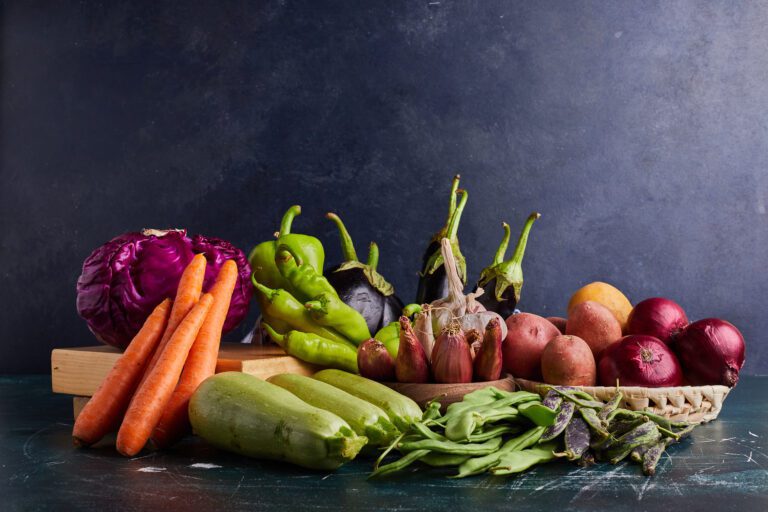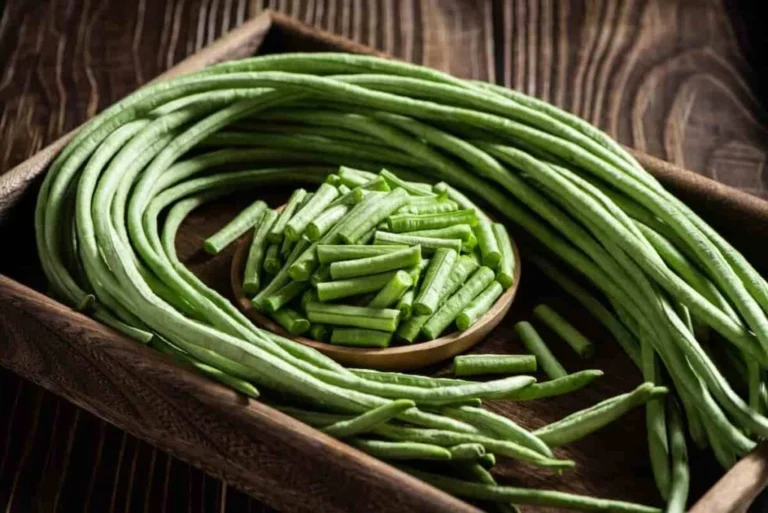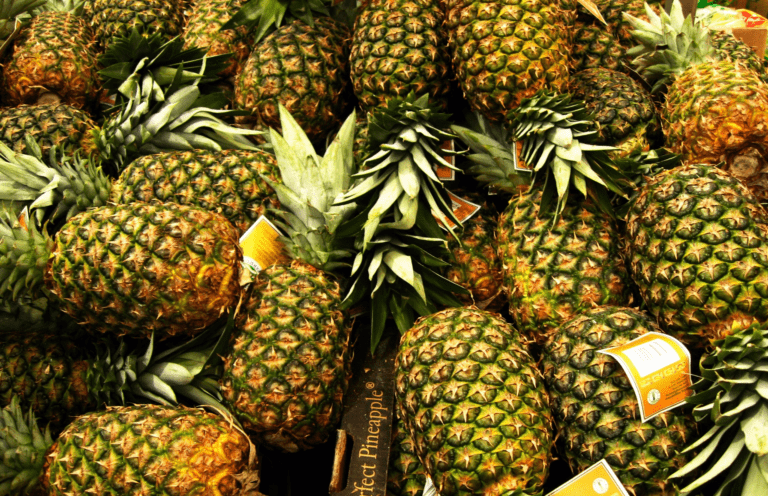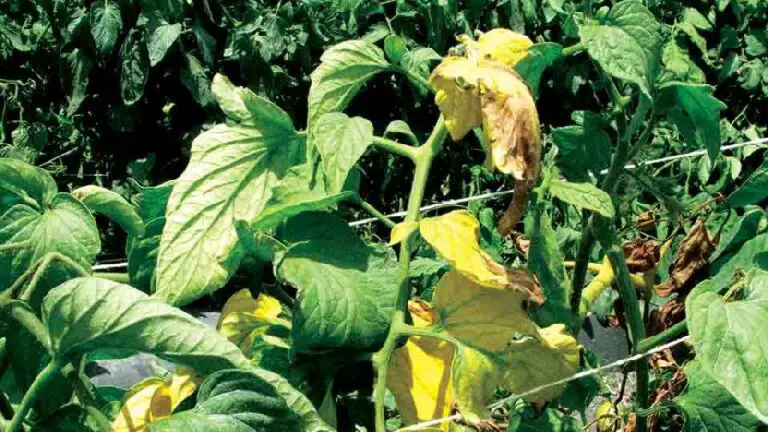Growing Avocados at Home: The Hass Avocado Tree
Table of Contents
I. Introduction to Home Cultivation
Home cultivation is an exciting and rewarding endeavor that allows gardening enthusiasts to take control of their own food production. Whether you have a spacious backyard or a cozy balcony, growing your own plants can offer a multitude of benefits, from providing fresh and nutritious produce to connecting with nature and enjoying the therapeutic aspects of gardening.
However, successful home cultivation requires careful planning and implementation. It is essential to understand the specific needs and requirements of the crops you wish to grow, as well as the environmental factors that can influence their growth and development. By cultivating a basic understanding of key principles and practices, you can create a conducive environment for your plants to thrive and ensure a bountiful harvest.
In this comprehensive guide to home cultivation, we will explore various aspects of growing plants and provide you with valuable insights and practical tips to achieve success. From selecting the right location for your plants to nurturing them with proper care, we will delve into the intricacies of soil preparation, watering techniques, fertilization, pruning, pest management, and more. By the end of this article, you will be equipped with the knowledge and skills necessary to embark on your own journey of home cultivation and experience the joy of harvesting your very own homegrown produce.
2) Understanding the Ideal Climate for Growing Hass Avocado Trees
Understanding the ideal climate for growing Hass avocado trees is essential for the successful cultivation of this popular fruit. Hass avocados thrive in subtropical and tropical climates, where temperatures remain relatively warm throughout the year. The ideal temperature range for avocado trees is between 60 and 85 degrees Fahrenheit (15-30 degrees Celsius). These trees are sensitive to frost and cannot tolerate temperatures below 32 degrees Fahrenheit (0 degrees Celsius) for prolonged periods. Therefore, it is crucial to choose a location that offers protection from frost and cold winds.
In addition to temperature, moisture levels are another important factor to consider when growing Hass avocado trees. These trees require well-drained soil and prefer areas with consistent rainfall or access to irrigation. Avocado trees prefer receiving around 25-30 inches (63-76 cm) of rain annually, with regular watering during dry spells. Proper irrigation is essential to prevent water stress or overwatering, both of which can negatively impact the health and fruit production of the trees. Additionally, avoid planting avocados in areas prone to waterlogging, as excess moisture can lead to root rot and other fungal diseases. By understanding and providing the ideal climate conditions, gardeners can create a favorable environment for the successful growth and production of Hass avocado trees in their home gardens.
3) Selecting the Right Location for Your Hass Avocado Tree
Selecting the right location for your Hass avocado tree is crucial for its health and productivity. Avocado trees thrive in locations with specific climate and environmental conditions. Firstly, it is important to find a spot that receives ample sunlight. Avocado trees require at least six to eight hours of direct sunlight daily to ensure proper growth and fruit production. Therefore, make sure to choose a location in your garden or backyard where there are no obstructions that could cast shadows on the tree throughout the day.
Secondly, the temperature plays a vital role in avocado tree cultivation. Hass avocado trees are native to regions with Mediterranean-like climates, where there are mild winters and moderate summers. They grow best in temperature ranges of 60°F to 85°F (15°C to 29°C). Extreme temperatures can negatively impact the tree’s growth and even lead to fruit drop. Therefore, it is essential to select a location where the temperature remains within these favorable ranges throughout the year.
Additionally, avocado trees are susceptible to frost damage, especially when young. Ensure that the chosen location is frost-free or provide protection, such as covering the tree during frosty nights. It is also advisable to choose a location that is sheltered from strong winds, as these can damage the tree and inhibit its growth.
By considering these factors, you can provide an optimal growing environment for your Hass avocado tree, setting it up for success in your home cultivation journey. In the next section, we will explore how to prepare the soil to further enhance the tree’s growth and productivity.
4) Preparing the Soil for Successful Avocado Growth
Preparing the soil is a crucial step for ensuring successful avocado growth in your home cultivation. Avocado trees prefer well-draining soil with a pH level ranging between 6 and 7.5. Before planting your Hass avocado tree, it is essential to test the soil’s pH and nutrient levels to determine if any amendments are necessary.
One common practice is to amend the soil by incorporating organic matter such as compost or well-rotted manure. This helps improve soil structure, water retention, and nutrient availability. A blend of organic matter and native soil in a 1:1 ratio could be a suitable recipe for creating an ideal planting mix for your avocado tree. Additionally, incorporating perlite or vermiculite can enhance soil drainage, reducing the risk of root rot. Remember to avoid compacting the soil when planting the tree to provide the roots with ample room for growth.
Proper soil preparation lays the foundation for healthy avocado tree growth, ensuring that your Hass avocado tree has the best chance of thriving in your home garden. By adopting these practices, you are creating an optimal environment for the roots to access nutrients and water efficiently, leading to strong and productive avocado trees.
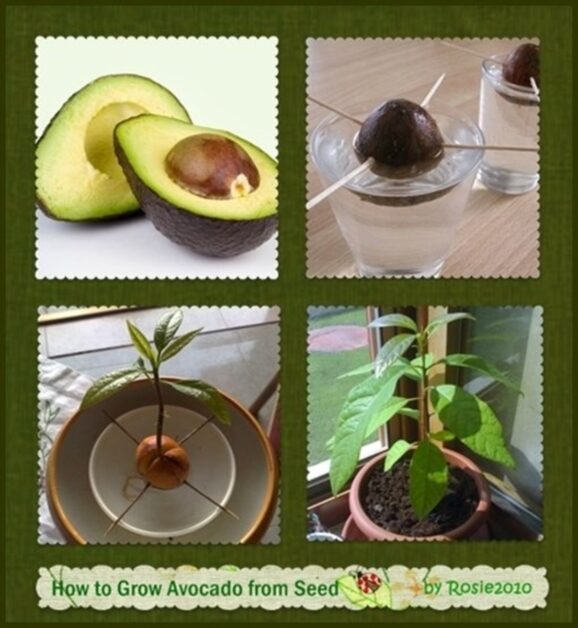
5) Choosing the Best Hass Avocado Tree Variety for Your Home
Choosing the best Hass avocado tree variety for your home is a crucial step in ensuring a successful and rewarding home cultivation experience. With a wide range of varieties available, selecting the right one requires careful consideration of various factors. One important aspect to consider is the climate in your region. Different avocado varieties have different climate requirements, so it is essential to choose a variety that can thrive in the specific conditions of your area.
Another factor to consider is the ultimate size of the tree. Some Hass avocado tree varieties are known to grow larger than others, reaching heights of up to 30 feet or more. If you have a small backyard or limited space, you may want to opt for a dwarf or semi-dwarf variety that remains compact and manageable. These smaller varieties can be easier to maintain and harvest from, making them a popular choice for home gardeners.
Furthermore, considering the flavor profile of the avocado is essential when choosing a variety. Some Hass avocado tree varieties produce fruits with a rich and buttery flavor, while others may have a milder taste. It is beneficial to research and taste-test different varieties before making your decision to ensure that you select the one that aligns with your personal preferences.
Choosing the best Hass avocado tree variety for your home involves assessing the climate conditions, the space available, and the flavor characteristics of different varieties. By considering these factors, you can make an informed decision that sets the foundation for a thriving and productive avocado tree in your home garden.
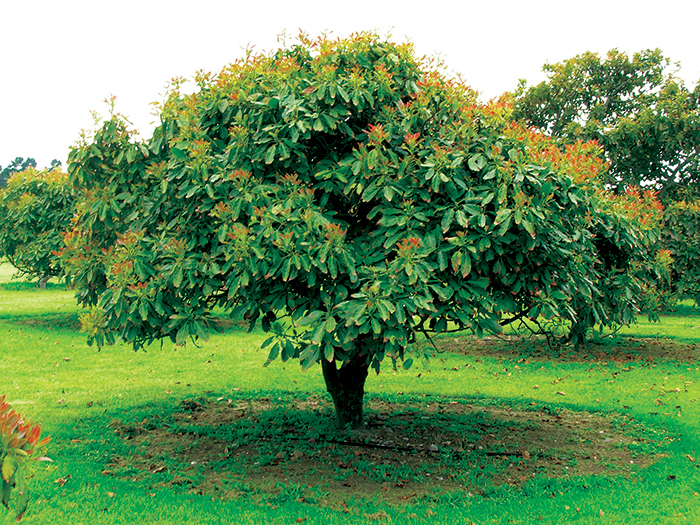
6) Sourcing and Planting Healthy Avocado Tree Saplings
Sourcing and planting healthy avocado tree saplings is a vital step in ensuring the success of your home cultivation journey. When sourcing saplings, it is crucial to obtain them from reputable nurseries or suppliers that specialize in avocado trees. These sources often have a wider variety of avocado tree cultivars and offer a greater assurance of quality and health.
Before purchasing avocado tree saplings, it is essential to inspect them carefully. Look for saplings with a well-developed root system, as this is an indicator of a healthy plant. Avoid saplings with damaged or diseased leaves, stems, or roots, as these can negatively impact the tree’s growth and overall health.
Once you have obtained healthy avocado tree saplings, it is time to prepare their new home in your garden. Choose a location that provides adequate sunlight, ideally a spot that receives at least six to eight hours of direct sunlight daily. Avocado trees also thrive in well-drained soil with a pH level between 6 and 7. Conduct a soil test to determine its pH level and make any necessary adjustments before planting.
Dig a hole that is wide and deep enough to accommodate the root ball of the sapling. Place the sapling in the hole, ensuring that the soil level matches the original depth of the plant in its container. Gently backfill the hole with soil, ensuring there are no air pockets around the roots. Water the newly planted sapling thoroughly to provide it with the moisture it needs for a strong start.
By procuring healthy avocado tree saplings and planting them in optimal conditions, you set the stage for a thriving avocado tree that will reward you with an abundant harvest in the future. In the next sections, we will explore the proper watering techniques, fertilization methods, and pruning practices that will further enhance the growth and productivity of your avocado trees.
7) Proper Watering Techniques for Hass Avocado Trees
Proper watering techniques are crucial for the healthy growth of Hass avocado trees. Avocados are native to tropical regions and require consistent moisture to thrive. However, overwatering can be just as detrimental as underwatering. Finding the right balance is key.
The frequency and amount of water needed for your Hass avocado tree will largely depend on factors such as the climate, soil type, tree age, and stage of growth. In general, it is recommended to water young avocado trees more frequently to promote root establishment. As the tree matures, you can gradually reduce the frequency of watering but increase the amount of water given each time. This helps encourage deep root growth and enhances the tree’s ability to withstand drought conditions. Monitoring the moisture level in the soil and adjusting your watering schedule accordingly is essential to prevent both overwatering and underwatering.
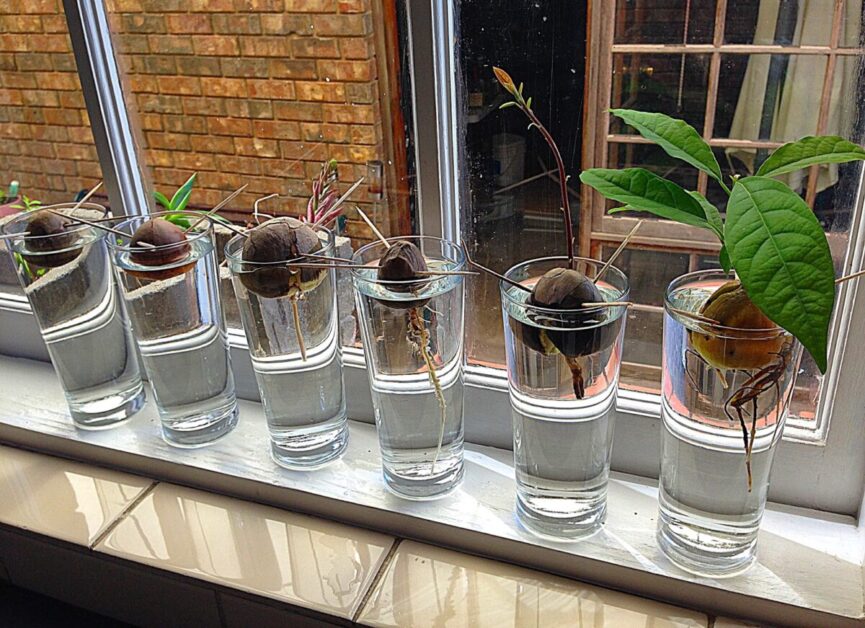
8) Fertilizing Your Hass Avocado Tree for Optimal Growth
Fertilizing your Hass avocado tree is essential for promoting optimal growth and ensuring a healthy and productive tree. Avocado trees have specific nutritional requirements that need to be met to support their growth and fruit production. Applying the right fertilizers at the correct times will provide your tree with the necessary nutrients it needs to thrive.
When it comes to fertilizing your Hass avocado tree, it’s important to understand the three key nutrients that are crucial for its growth: nitrogen (N), phosphorus (P), and potassium (K). Nitrogen is responsible for promoting healthy leaf and stem growth, phosphorus supports root development and overall tree vigor, and potassium aids in fruit production and quality.
Ideally, you should fertilize your Hass avocado tree three times a year – in early spring, late spring, and early fall. A balanced fertilizer with an NPK ratio of 10-10-10 or 14-14-14 is recommended for Hass avocados. These ratios ensure a good balance of the essential nutrients required for optimal growth. It’s important not to over-fertilize, as excessive nitrogen can lead to excessive vegetative growth and fewer fruits. Instead, follow the manufacturer’s instructions for the specific fertilizer you are using and adjust the amount according to your tree’s needs and growth stage. Remember, a healthy and well-fertilized tree is more resistant to pests and diseases and will yield high-quality fruits.
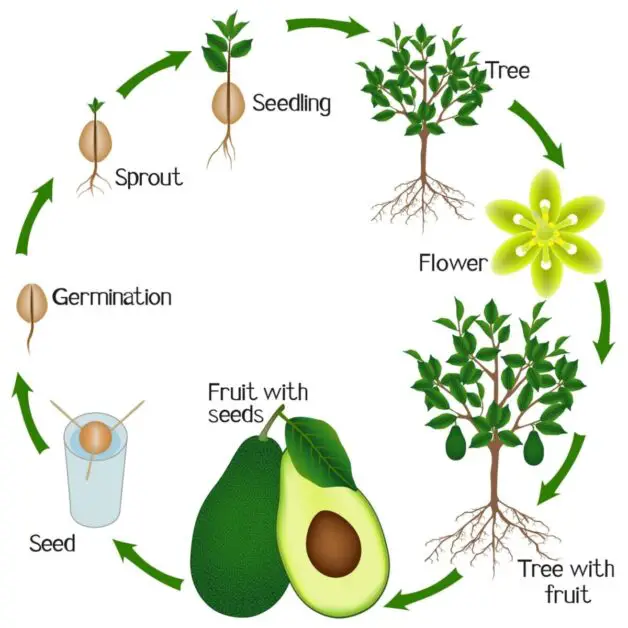
9) Pruning and Training Your Avocado Tree for a Strong Structure
Pruning and training are crucial steps in nurturing a strong and healthy structure for your Hass avocado tree. Proper pruning techniques not only help shape the tree but also promote better air circulation, sunlight penetration, and fruit production. To start, prune your young tree during its first year to establish a central leader, which will serve as the main trunk. Remove any branches that compete with the central leader, ensuring that it remains the dominant vertical growth. This will allow for a well-balanced and sturdy framework for future growth.
As your avocado tree matures, continue to prune regularly to maintain its structure and remove any dead, damaged, or diseased branches. It is essential to create an open canopy that allows light to reach all parts of the tree. Thinning out excess branches will prevent overcrowding, reduce the risk of fungal infections, and improve air circulation. When pruning, make clean cuts just above a lateral bud or branch, leaving a small collar to promote healing and prevent damage. Avoid cutting too close or leaving stubs, as this can lead to disease entry points or weak growth. Regularly inspecting and pruning your avocado tree will not only enhance its strength but also improve its overall health and productivity.
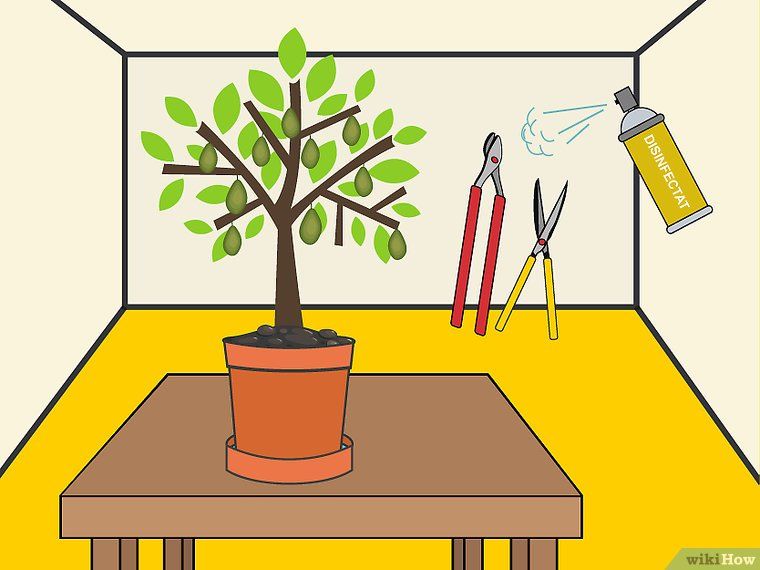
10) Protecting Your Hass Avocado Tree from Pests and Diseases
Protecting your Hass avocado tree from pests and diseases is crucial to ensure its healthy growth and maximize fruit production. Avocado trees are susceptible to various pests and diseases, and if left untreated, they can cause severe damage or even death to your tree. Regular monitoring and taking preventive measures are key to maintaining a healthy tree.
One common pest that affects Hass avocado trees is the avocado lace bug (Pseudacysta perseae). These small insects feed on the leaves, causing them to turn yellow and become distorted. To control the population of lace bugs, you can introduce natural predators like ladybugs or use insecticidal soap or neem oil. It’s important to apply these treatments carefully and follow the instructions provided to avoid any harm to the tree or surrounding environment.
Another common issue for avocado trees is root rot, which is caused by fungi in poorly drained or waterlogged soils. To prevent root rot, ensure that the soil has good drainage and avoid over-watering your tree. Additionally, planting disease-resistant varieties and using well-draining potting mixes can help reduce the risk of root rot. If you suspect root rot in your tree, it’s crucial to improve the drainage immediately and treat the affected areas with appropriate fungicides. Consulting with a local horticultural extension service or a professional arborist can provide valuable guidance on how to diagnose and treat root rot effectively.
Certainly! Here’s a table summarizing common pests and diseases of Hass avocado trees, along with strategies for protection:
| Problem | Description | Preventive Measures |
|---|---|---|
| Cankers | Sores on tree trunks and branches that may sink slightly and ooze gum, giving a rusty appearance. | – Certified disease-free stock: Avoid pathogens from the start. – Proper pruning: Cut out cankers in limbs. – Good drainage: Prevent waterlogged soil. |
| Fruit Rots | Caused by fungal pathogens, often due to poor sanitation and high tree stress. | – Prompt removal of fruits: Prevent overwintering fungi. – Sanitation: Keep the ground clean. |
| Root Rots | Appear in poorly drained areas or overwatered trees. | – Improve drainage: Enhance soil conditions. – Expose roots: Allow the crown to dry. |
| Sunblotch | Serious, incurable disease causing discolored or scarred fruits, red/yellow twigs, and bark cracks. | – Certified disease-free stock: Prevent spread. – Tool sanitation: Stop sunblotch transmission. |
| Wilts and Blights | Dead areas in trees; sudden wilting and death in branches. | – Pruning: Remove symptomatic tissues. – Support: Help the tree recover. |
| Borers | Tunnel into trees, weaken branches, and cause visible entrance holes. | – Healthy trees: Prevent infestation. – Remove infested branches: Dispose of them. |
| Caterpillars | Attack foliage, flowers, and fruits, causing substantial damage. | – Natural predators: Control caterpillar population. – Timely action: Prevent severe damage. |
Remember, proactive care and early intervention are essential for maintaining healthy Hass avocado trees!
11) Recognizing and Addressing Common Avocado Tree Problems
Common avocado tree problems can arise due to various factors, including environmental conditions, pests, diseases, and improper care practices. It is essential for home gardeners to be able to recognize these issues early on in order to address them effectively and ensure the health and productivity of their avocado trees.
One common problem that avocado trees may encounter is root rot, which occurs when the roots of the tree are constantly exposed to waterlogged or poorly drained soil. This can lead to a decline in the tree’s overall health, stunted growth, and even death if left untreated. To address root rot, it is important to improve soil drainage by amending it with organic matter and avoiding overwatering. Additionally, selecting suitable rootstocks that are tolerant to wet conditions can help mitigate this problem.
Another frequent issue faced by avocado trees is sunburn, especially in regions with hot and intense sunlight. Sunburn can result in sunscald, which causes the bark and tissues of the tree to become damaged and discolored. To prevent sunburn, it is advisable to provide shade for young avocado trees, either by planting them near taller companion plants or by using shading materials. Applying a protective layer of white latex paint to the tree’s trunk can also help reflect sunlight and reduce the risk of sunburn.
By being vigilant in recognizing these and other common avocado tree problems, home gardeners can take appropriate measures to address them promptly and maintain the health and productivity of their avocado trees. It is crucial to conduct research, consult reputable sources, and seek advice from experienced gardeners or agricultural extension services to ensure the most effective solutions for specific issues.
Certainly! Here’s a table summarizing common Avocado tree problems and their solutions:
| Problem | Description | Solution |
|---|---|---|
| Dropping Leaves | Avocado plants may lose leaves due to overwatering. Ensure proper drainage and avoid letting the roots sit in standing water. Symptoms include a mushy stem and overall weakness. | Provide good drainage and avoid excess water. |
| Leaf Curling | Avocado leaves can curl due to overwatering or caterpillar infestations. | – For overwatering, allow the soil to dry up before watering again. – For caterpillars, pick them off and use soapy water. Consider chemical control if infestation is severe. |
| Purple Leaves | Purple leaves indicate phosphorus deficiency, especially in small plants. | Address phosphorus deficiency through appropriate fertilization. |
| No Blooms or Fruits | Lack of blooms and fruits may result from various factors, including poor pollination or environmental stress. | Ensure proper pollination, provide adequate sunlight, and maintain a healthy tree. |
| Black Leaves | Blackened leaves can be caused by root rot or other diseases. | Improve soil drainage and avoid overwatering. |
| Pests and Diseases | Avocado trees are susceptible to pests like borers, caterpillars, lace bugs, mites, and thrips, as well as diseases like cankers, fruit rot, and wilt. | Monitor your tree regularly, use natural predators or appropriate chemicals, and maintain overall tree health. |
Remember that proper care, including choosing resistant varieties, well-drained soil, and timely pest management, is essential for a thriving avocado tree!
12) Harvesting and Ripening Hass Avocados at Home
Harvesting and ripening Hass avocados at home can be a rewarding experience for any gardening enthusiast. The key to achieving the best results lies in understanding when and how to harvest your avocados, as well as the proper techniques for ripening them to perfection.
When it comes to harvesting Hass avocados, timing is crucial. The fruit should be allowed to mature fully on the tree before picking, as they do not ripen properly once detached. To determine whether an avocado is ready for harvest, gently squeeze the fruit, taking care not to apply too much pressure. Ripe avocados will yield to a gentle squeeze, while unripe ones will feel hard or firm. Additionally, the skin color of the fruit should change to a dark green or even purplish-black hue.
Once you’ve harvested your Hass avocados, you’ll need to ripen them before enjoying their creamy goodness. This process can be expedited by placing the avocados in a brown paper bag along with a ripe banana or apple. These fruits release ethylene gas, which helps accelerate the ripening process. Seal the bag and leave it at room temperature for a couple of days, checking on the avocados regularly. When they yield to gentle pressure and offer a buttery texture, they are ready to be enjoyed in your favorite recipes or as a simple topping for toast.
13) Storing and Preserving Homegrown Hass Avocados
Storing and preserving homegrown Hass avocados is crucial to ensure that you can enjoy their delicious and creamy flesh for an extended period. Proper storage techniques can help maintain the quality and prevent spoilage, allowing you to savor the fruits of your labor even after the harvesting season.
When it comes to storing Hass avocados, one essential factor to consider is their ripeness. If you’ve picked ripe avocados, consume them promptly or within a few days. Ripe avocados are characterized by a slight give when gently squeezed, indicating their creamy texture. On the other hand, if your avocados are not fully ripe yet, they can be stored at room temperature until they reach the desired softness. However, if you want to slow down the ripening process, you can place them in the refrigerator. The lower temperatures in the fridge will delay their ripening, giving you more time to enjoy them at their peak.

14) Maximizing Fruit Yield through Pollination and Cross-Pollination
Maximizing fruit yield is an essential goal for any home gardener cultivating Hass avocado trees. One effective method to achieve this is through proper pollination and cross-pollination techniques. Avocado trees are generally considered self-pollinating, but cross-pollination can significantly enhance fruit production and quality.
To maximize fruit yield through pollination, it is crucial to have a diverse range of pollinators in the vicinity of your avocado trees. Bees play a vital role in the pollination process, so it is important to create an environment that attracts them. Planting flowering plants with bright colors and sweet nectar nearby will help entice bees to visit your avocado trees. Other beneficial pollinators include butterflies and hoverflies, so creating a diverse habitat that appeals to various species will greatly increase the chances of successful pollination.
Cross-pollination involves the transfer of pollen from one avocado tree to another, resulting in increased genetic diversity and potentially higher yields. When selecting multiple avocado tree varieties, it is essential to choose compatible ones. Some popular and compatible pairings include Hass with Fuerte or Bacon, as they have overlapping flowering periods and similar pollination requirements. By strategically planting compatible avocado tree varieties, you can encourage cross-pollination and maximize fruit yield.
15) Propagating Your Own Hass Avocado Trees from Seeds or Cuttings
Propagating your own Hass avocado trees from seeds or cuttings can be a rewarding and cost-effective way to expand your avocado orchard. While it may take longer for avocado trees propagated from seeds to bear fruit compared to grafted saplings, the process can be an exciting one for avid gardeners. To start growing an avocado tree from seed, simply clean the seed thoroughly, remove the outer skin, and carefully place it in a pot with well-draining soil.
Keep in mind that not all avocado seeds will germinate successfully, so it’s a good idea to start with multiple seeds to increase your chances of success. It is important to note that trees grown from seeds may not produce fruit that is identical to the parent tree, as the characteristics can be unpredictable due to cross-pollination. However, growing avocados from seeds can still be a fun experiment and a great way to learn about the plant’s lifecycle.
16) Troubleshooting Tips for Unhealthy or Underperforming Avocado Trees
Avocado trees are generally hardy and resistant to many diseases and pests. However, there are certain issues that can arise, causing the tree to become unhealthy or underperform. To ensure the optimal growth of your avocado tree, here are some troubleshooting tips to consider.
Firstly, if your avocado tree is showing signs of leaf discoloration or stunted growth, it may be suffering from nutrient deficiencies. Conduct a soil test to determine the nutrient levels and adjust accordingly. Adding organic matter or applying an appropriate fertilizer can help replenish the depleted nutrients and promote healthy growth.
Secondly, poor drainage can lead to root rot and other fungal diseases in avocado trees. Ensure that the tree is planted in well-draining soil and avoid overwatering. If the tree is already affected by root rot, it may be necessary to remove the affected roots and apply fungicides to prevent further damage.
Additionally, avocado trees are sensitive to cold temperatures and frost damage. If your tree is located in an area prone to cold snaps, consider protecting it with frost blankets or moving it to a sheltered spot during winter.
Lastly, pests such as aphids, mites, and borers can infest avocado trees and cause damage to leaves, fruits, and even the trunk. Regularly inspect your tree for any signs of pest infestation and take appropriate measures such as using insecticidal soaps or oils to control the pests.
By addressing these common issues and implementing the appropriate solutions, you can troubleshoot problems and ensure the health and productivity of your avocado tree.
for more information watch the below video.
Why are my avocado tree leaves turning brown?
Brown leaves on an avocado tree can be a sign of several issues, including overwatering, underwatering, nutrient deficiencies, or pests. It is important to assess the watering, fertilizing, and pest control practices to determine the cause and take appropriate action.
How often should I water my avocado tree?
The frequency of watering an avocado tree depends on various factors such as climate, soil type, and tree size. As a general guideline, avocado trees should be watered deeply but infrequently, allowing the top few inches of soil to dry out between waterings. This usually translates to watering once or twice a week in hot weather and less frequently during cooler months.
What is the optimal temperature range for avocado tree growth?
Avocado trees thrive in a temperature range between 60°F and 85°F (15°C to 29°C). Temperatures below 50°F (10°C) can cause damage to the tree, while temperatures above 90°F (32°C) can negatively affect fruit set and overall tree health.
How can I protect my avocado tree from pests and diseases?
To protect your avocado tree from pests and diseases, it is important to maintain good hygiene, regularly inspect the tree for signs of infestation or disease, and promptly address any issues. Additionally, practicing proper pruning techniques, using organic pest control methods, and providing adequate air circulation around the tree can help prevent pests and diseases.
Can I grow an avocado tree indoors?
While it is possible to grow avocado trees indoors, they generally thrive better when planted outdoors in the ground. Avocado trees require a significant amount of space, sunlight, and proper pollination to produce fruit. However, if you live in a suitable climate and have a large enough container and access to adequate sunlight, growing avocado trees indoors is worth a try.
How long does it take for an avocado tree to bear fruit?
Generally, it takes an avocado tree about three to four years from the time of planting to produce fruit. However, this timeline can vary depending on various factors such as tree variety, growing conditions, and care provided.
Can I propagate my avocado tree from seeds or cuttings?
Yes, it is possible to propagate avocado trees from seeds or cuttings. However, it’s important to note that growing avocado trees from seeds may result in unpredictable fruit quality, as they may not resemble the parent tree. Propagating from cuttings is more reliable for preserving desirable traits, but it requires specific techniques and expertise.
How do I know if my avocado tree is getting enough nutrients?
Nutrient deficiencies in avocado trees can manifest as yellowing leaves, stunted growth, or poor fruit production. Conducting a soil test can help determine the nutrient levels and deficiencies. Additionally, using a balanced organic fertilizer specifically formulated for avocado trees can ensure they receive the necessary nutrients.
When is the best time to harvest avocados from the tree?
The best time to harvest avocados from the tree is when they reach the desired size and color. This varies depending on the avocado variety. Hass avocados, for example, are typically harvested when they turn dark green or purplish-black and yield slightly to gentle pressure. Harvesting too early can result in unripe fruit, while waiting too long can lead to overripe or spoiled avocados.
How should I store homegrown avocados?
Homegrown avocados should be stored at room temperature until they ripen. Once ripe, they can be refrigerated to extend their shelf life. For longer storage, ripe avocados can be peeled, mashed, and frozen for future use. Avoid storing unripe avocados in the refrigerator as this can impede the ripening process.
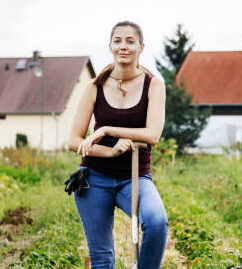
Nicole Burke is a dynamic writer at SouthElMonteHydroponics, fueled by her passion for horticulture and environmental sustainability. Armed with a degree in Environmental Science from a renowned institution, Nicole’s expertise lies in hydroponic gardening, organic farming, and biodiversity conservation. Her insatiable curiosity and love for nature drive her to explore innovative techniques in hydroponics, seeking to revolutionize the way we grow crops in urban environments. Nicole’s writing reflects her deep commitment to promoting eco-conscious practices and fostering a deeper connection between humans and the natural world. Through her engaging storytelling, she inspires others to embrace sustainable living and harness the power of hydroponics for a greener future.

